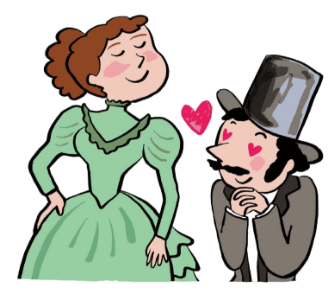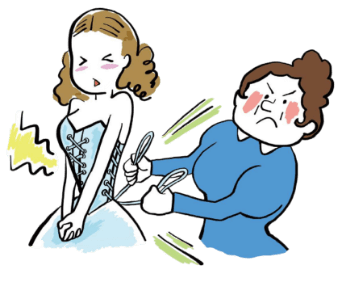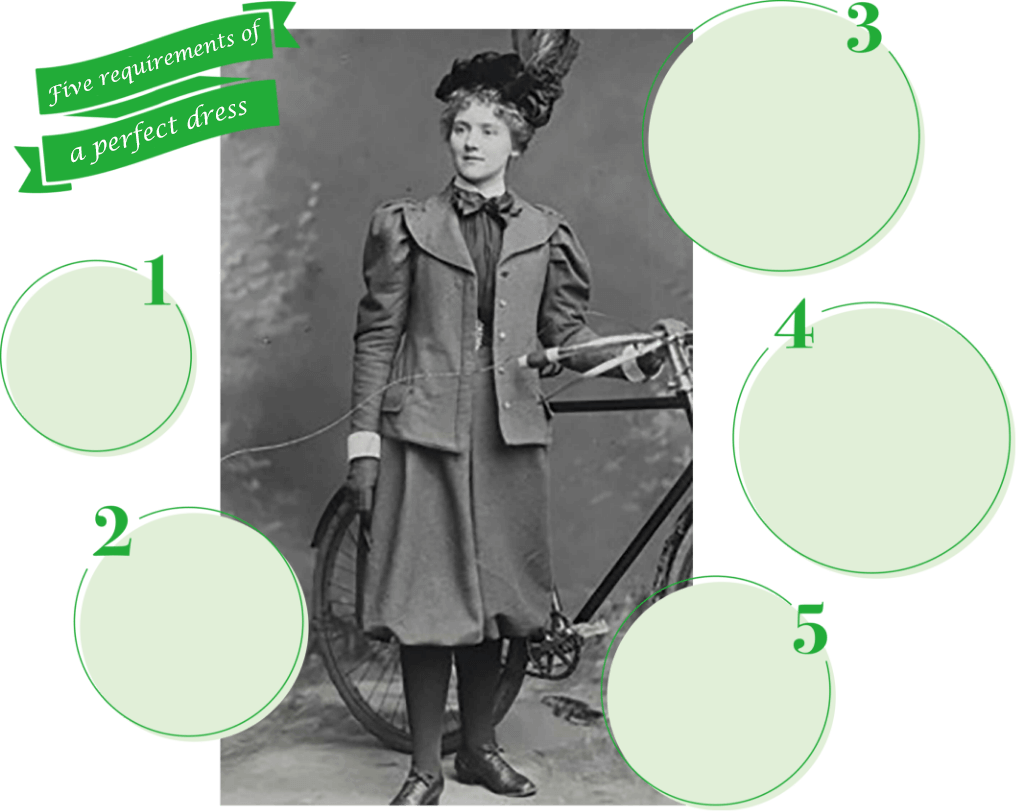In the late 19th century, when China was becoming aware of the harm of foot binding, the harm of corsets was attracting attention in England.
In the West, women’s garments had been loose-fitting from the time of ancient Greece to the end of the Middle Ages. However, waistlines became a requirement from the mid-12th century, and the full-fledged corset appeared by the 16th century. Women’s movements were restricted, and the cinched waist gave them a weak “feminine” look. Weak and expensive-looking women allowed men the opportunity to show their financial prowess, since only men with assets could provide for them.
- Heibonsha (Ed.) Sinban Sekai Mono Jiten. Heibonsha, 2017.
- Toya, Riina. Shitagi No Tanjou: Vikutoriachou No Shakaishi. Kodansha, 2000.
- Tohda, Masahiro. Tensoku No Hakken: Aru Eikoku Josei to Shinmatsu No Chugoku. Taishukan Shoten, 2004.
- Iwata, Yoriko, and Kawabata, Ariko. Zusetsu Eikoku Redii No Sekai. Kawade shobo shinsha, 2011.
What is a corset?
A corset is a type of women’s undergarment that was used to shape the body from the chest to the waist. The framework was made of whale baleen or steel, while other parts were made of cotton, silk, nylon, or rubber cloth. They were sold at clothing stores.
“Bee-like hips” were all the rage
In the 1870s and 1880s in England, by tightening corsets, the bee-like style became popularized, with the chest and hips protruding and the waist so thin that it looked as if it would break.
In the late 19th century, industrialization brought about rapid affluence and corsets spread to the lower classes.
Women’s clothing from a female traveler’s point of view
British traveler Isabella Bird wrote, “As a set-off against the miseries of foot-binding is the extreme comfort of a Chinese women’s dress in all classes, no corsets or waist-bands, or constraints of any kind.” This sentence offers a glimpse of the tightness and inconvenience of British women’s clothing.














